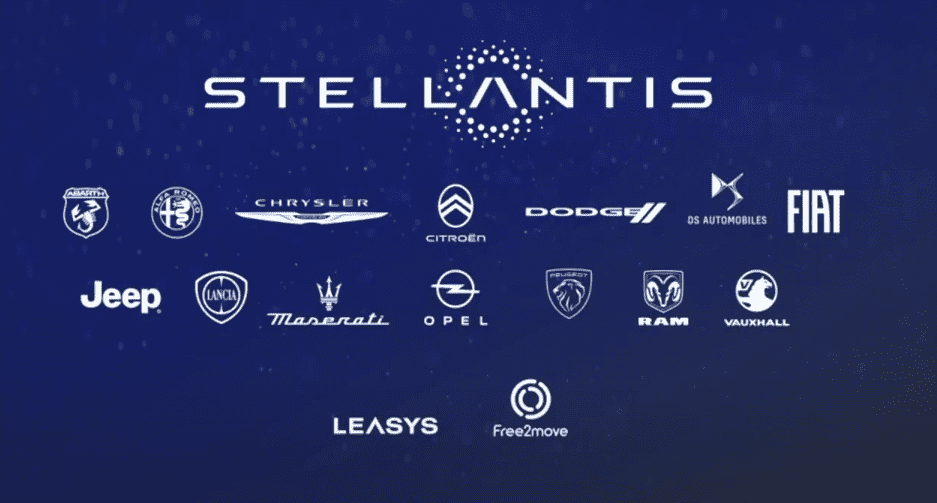Stellantis, through its corporate venture fund Stellantis Venture, announced Friday its investment in French battery startup Tiamat’s affordable sodium-ion battery technology development.
Unfortunately, the press release did not reveal the specific amount of the investment.
Why Tiamat?
Stellantis Venture’s decision to select Tiamat in its battery investment initiatives is unsurprising, considering its notable appreciation for its sodium-ion battery technology.
Stellantis’ corporate venture fund acknowledged Tiamat as one of the 11 top-performing technology startups on December 14, bestowing it with the “Stellantis Ventures Award in 2023.“
Stellantis also emphasized Tiamat’s feat as the first battery company to commercialize sodium-ion technology in an electrified model.
More impressively, its sodium-ion battery tech reduces cost per kilowatt-hour and eliminates the need for expensive lithium and cobalt.
Significance
Stellantis Venture’s investment in Tiamat aligns with the multinational automaker’s initiatives to offer “clean, safe and affordable mobility” globally.
For context, Stellantis aims to achieve carbon neutrality by 2038 under its Dare Forward 2030 strategic plan.
It also enables Stellantis to access a more affordable energy storage by leveraging sodium’s abundance, compared to the currently popular li-ion battery tech.
“Exploring new options for more sustainable and affordable batteries that use widely available raw materials is a key part of our ambitions of the Dare Forward 2030 strategic plan that will see us reach carbon net zero by 2038. Our customers are asking for emissions-free vehicles that offer a combination of robust driving range, performance and affordability. This is our North Star, as Stellantis and its partners work today to develop ground-breaking technologies for the future.”
Ned Curic, Stellantis Chief Engineering and Technology Officer
Battery initiatives
Stellantis new investments are part of its efforts in exploring various battery chemistries as it shifts to all-electric vehicle sales.
Stellantis recently announced a new partnership with Ample Establish to test battery-swapping technology in Madrid. They will use a fleet of shared Fiat 500e EVs, enabling the fast exchange of exhausted batteries to a fully charged one in just a few minutes.
It also partnered with Chinese battery giant CATL for a potential LFP battery cells factory in Spain to power its new electric vehicles.
All these efforts are crucial for Stellantis to achieve its target of achieving 400 GWh of battery capacity to support its 2030 sales goals. It aims to have EVs account for 100% of its new passenger car sales in Europe and for 50% of its new passenger and light-duty truck sales in the US by the end of the decade.

